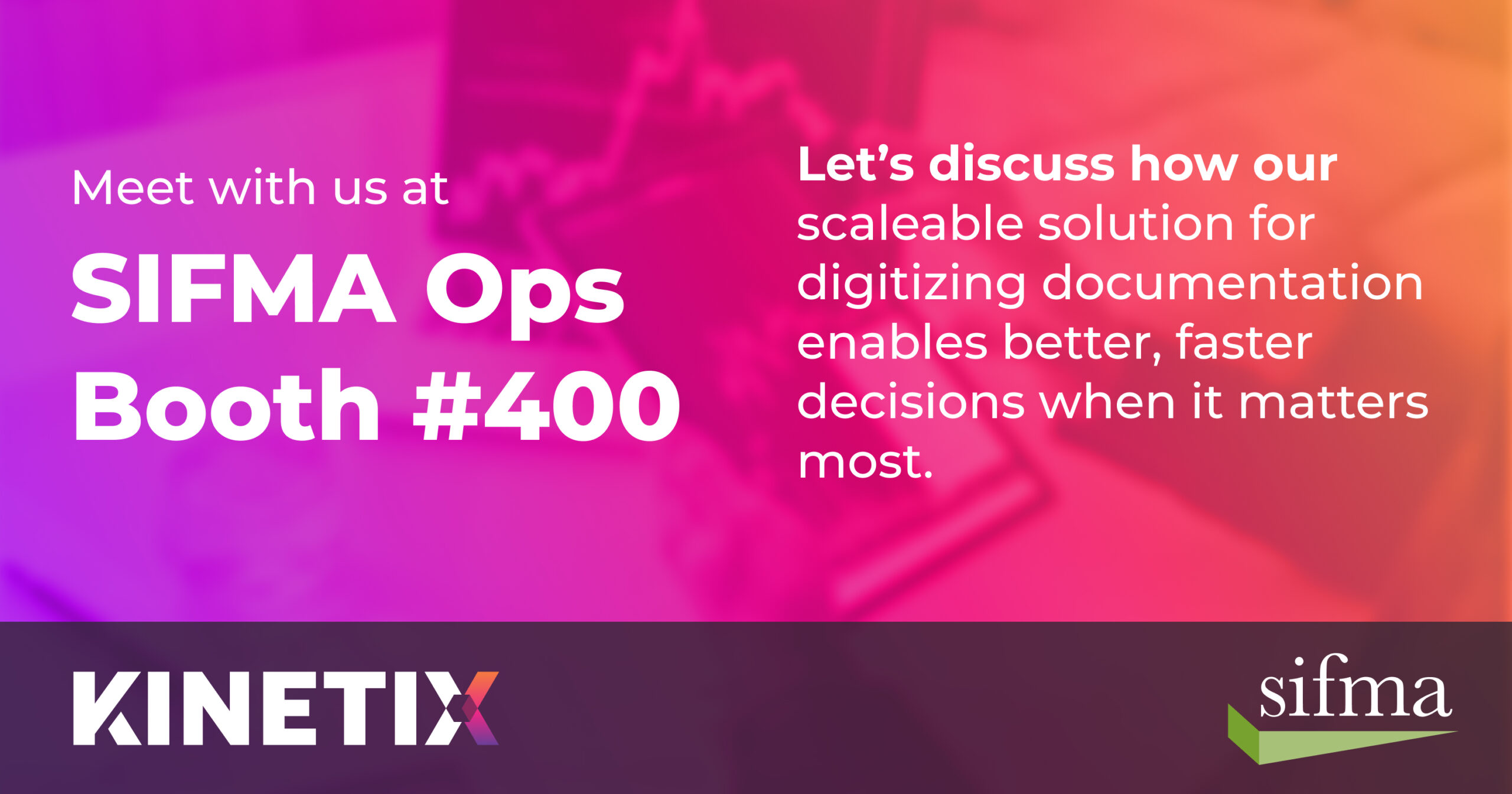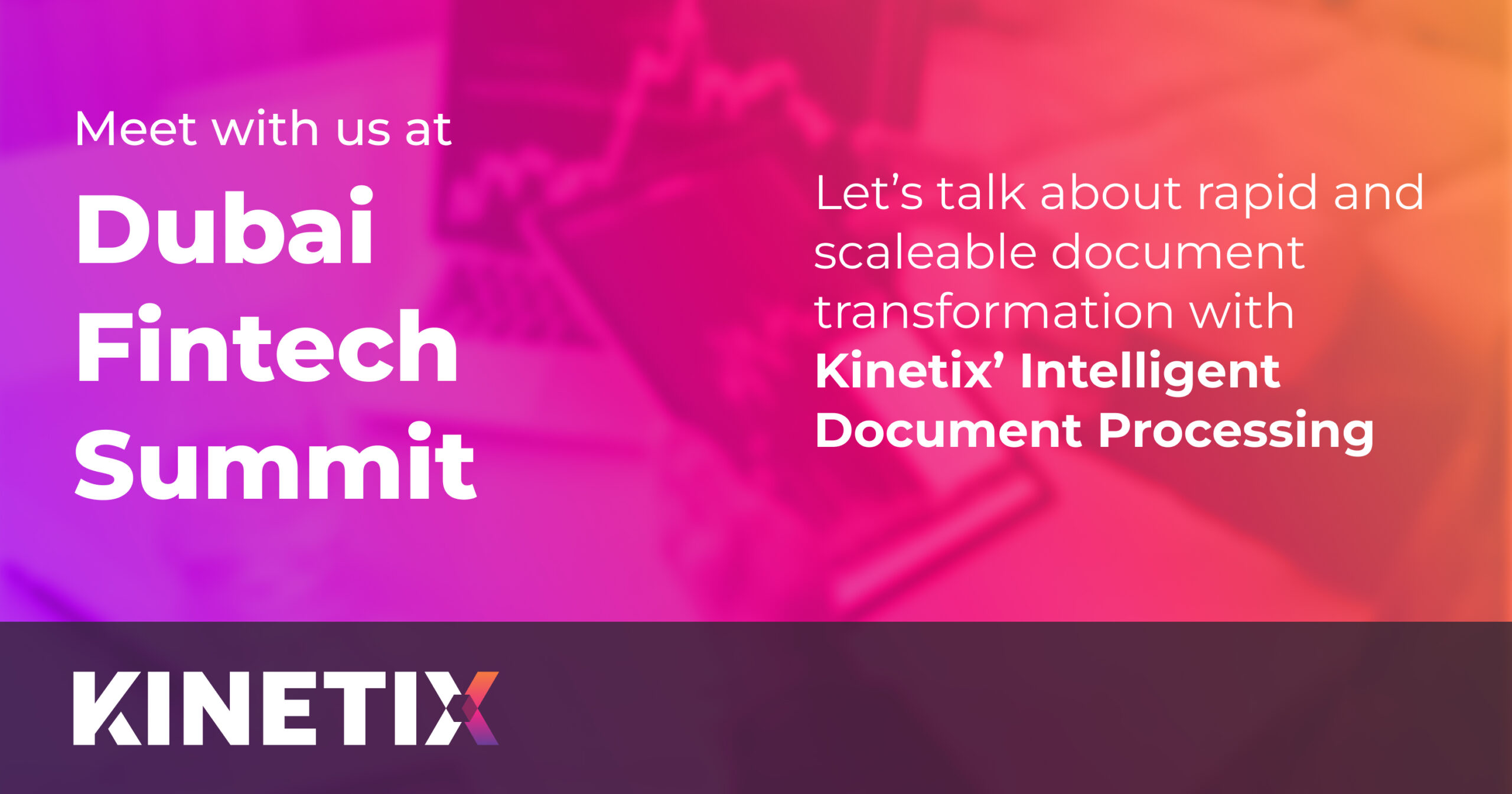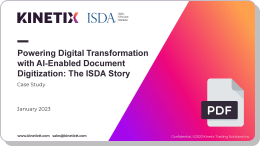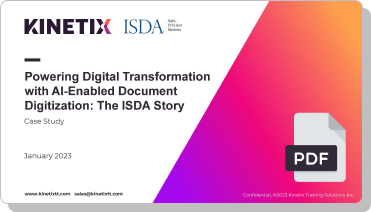Documentation, ranging from counterparty agreements all the way to industry standards, have traditionally suffered from logistical challenges and user experience woes. For example, legal teams in the capital markets often lack scalable access to vital information hidden away in offline agreements, which can lead to inefficient processes especially during times of compressed legal and market risk. Even today, sometimes these documents, such as ISDA Master Agreements, might be paper or electronic but not yet digitized and machine-readable. More importantly, the underlying commitments have not been extracted and structured in a meaningful way that allows for quick, reliable searching and decision-making.
In the case of industry standards, membership organizations struggle to present their complex documentation in a manner that optimizes user experience for their members and actually enhances the way content is consumed and digested. As in the case of counterparty agreements, even today these documents may be distributed in paper, PDF, or basic text form. With standards often having a lengthy lifespan and several versions over that period, this becomes a burden to the end consumer, who has to grapple with understanding how things relate and apply over time, or how things have changed and evolved. .
The solution to many of these problems is Intelligent Document Processing (IDP), which seamlessly transforms traditional, flat documents into their smart equivalents. IDP uses a variety of AI and machine learning technologies – from natural language processing to image recognition – to transform unstructured document-based content from multiple sources into an easily accessible, structured and enriched, digital representation . The key word in IDP is “Intelligent,” especially with the power of artificial intelligence (AI) added to the processing mix. Think only about the exponential difference between a technology like ChatGPT, which can generate natural language about nearly any topic in the world, and the OCR of yesteryear. Therein lies the power and capability of IDP to transform and enrich traditional documentation into its modern equivalent.
Today, many businesses are missing a huge opportunity. Despite the fact many have made large strides with their digital transformation programs, such progress has not been made when it comes to documentation. For many financial institutions and industry bodies, countless amounts of data are still in inaccessible, antiquated or unusable formats, from non-machine readable electronic data to paper documents sitting in warehouses. For a financial institution, this has “risk” written all over it, from managing credit and collateral properly, to gaining or maintaining competitive advantage, and going all the way to staving off disruption. In the case of standards producers, namely industry bodies whose primary charge is to produce documentation, they are often tasked with transforming entire industries from their traditional modes of operating to their more modern, digital equivalents. Supporting today’s traditional processes are traditional documents, but true, end-to-end digital transformation of industries requires smart, digital documents as a key part of underlying industry infrastructure.














